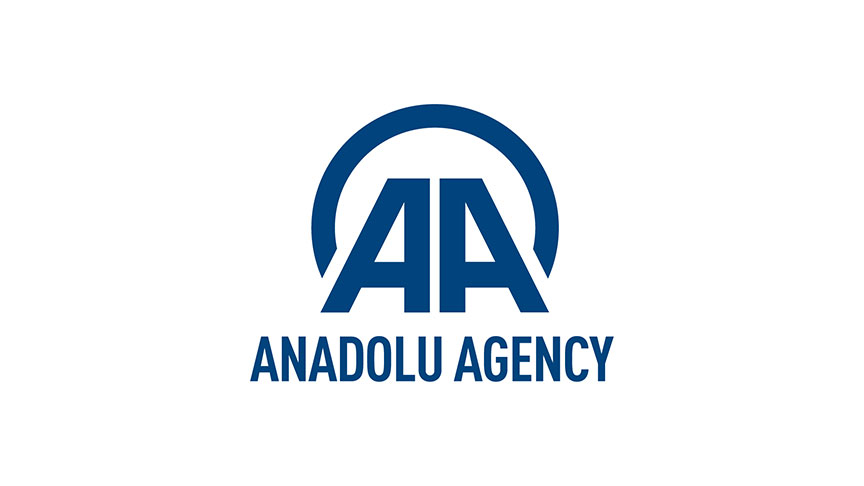Russia weathering the storm
Russian President Vladimir Putin speech last week stressed, once again, that the Russian economy has reached stability.
Underlining that the target for the Russian economy is now a stable growth rate, he also said that creating a free trading environment in the country would be the best response to the imposition of Western sanctions.
Meanwhile, the leaders of European Union countries held a meeting last week in Brussels to discuss further sanctions against Russia due to its activities in Syria’s Aleppo.
While the meeting resulted in a condemnation of Russia’s activities in Aleppo, the leaders failed to agree on a new set of sanctions.
Russian Deputy Minister for Finance, Maxim Oreshkin, also highlighted that the economy was on the right track, as the capital outflow from the country declined in the first nine months of 2016 to $9.6 billion.
He explained that this figure was $150 billion in 2014 and $50 billion in 2015 and added that the big drop in capital outflow was “proof�� that the Russian economy has managed to adapt to new realities, such as low oil prices.
On the other hand, data announced by Russia’s statistical agency, Rosstat, showed that the storm in Russia’s economy was not over yet.
According to Rosstat, industrial production in Russia in September declined by 0.8 percent, compared to a month earlier. This is the first decline in Russia’s industrial production this year.
��
��
��
��
��


